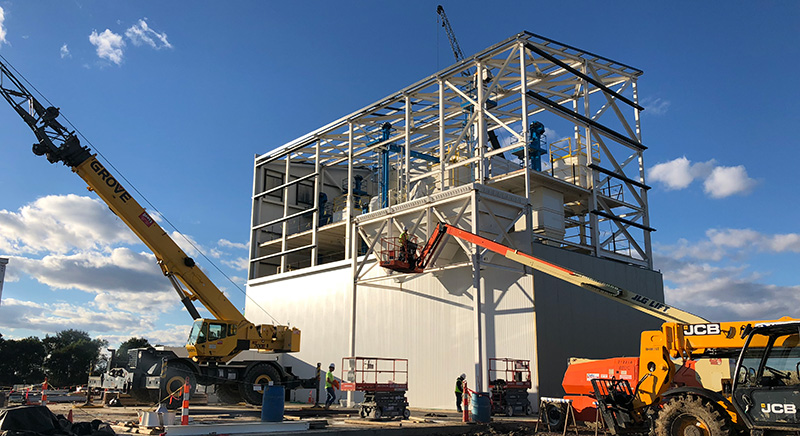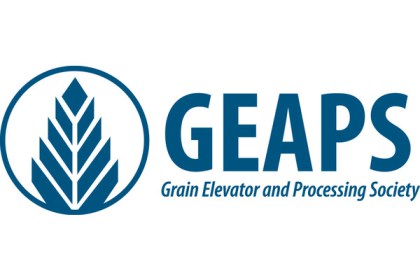
Since the 1950s, corn grain yields in the United States have increased at arate of 2 bushelsper acre each year. So while their great grandfathers would have dreamed of 50 bushels per acre, today's farmers can realistically hope for well over 100 bushels per acre.
The difference in yields lies in the technology behind the seeds and the knowledge that farmers have thanks to grain samples. Technology continues to allow farmers to have a sort of x-ray vision, where they can see what their crops need and then feed their crops proper nutrients based on their samples.
Crop sample testing plays a key role in improved crop production. You can hope for better crops, bigger yields, and healthier plants when you know what your plants need. Crop sample testing helps you see just that.
By the time you've finished reading this article, you will understand the massive benefits of crop sample testing.
What Is Crop Sample Testing?
Crop sample testing occurs when an engineer tests crops either during their growth or after harvest. A crop sample will reveal a plant's hidden hunger. Such information will guide a fertilizer program and give farmers the opportunity to provide real-time nutrients for the crops.
Farmers can influence the color, consistency, moisture content, and other elements of the crops they're raising with the right crop testing. The USDA Grain Inspection Handbook deems aquantity of 4.4 poundsof grain an adequate sample, though 5 pounds is better.
What Should a Post-Harvest Sample Test Include?
A qualitypost-harvest sampleincludes more than an engineer simply looking at your grain. A good test will boost your confidence in the investment of testing and demonstrate the best ways to integrate solutions, innovations, and technology into a farmer's everyday operations.
样品测试始于一个工艺工程师studying the sample. They then develop the most effective flow process based on what they see in the sample. They verify the design with a real-world test to make sure the process will work in a full-scale production facility.
Thus, a good post-harvest sample test should include conception process flow, sample testing, a test report, and finished flow diagrams.
When Are the Right Times to Take Samples?
Many farmers will attempt to take samples at several times in the growing season. You can truly get a picture of the crop's needs when you take your sample post-harvest, though.
Here are the indicators for a product's maturity:
- Skin color, especially for fruits and specific types of vegetables
- Optical methods, meaning the amount of light a fruit emits proportional to the chlorophyll content
- Shape
- Size
- Aroma
- Vegetable or fruit opening
- Leaf changes
- Abscission
- Firmness
Each fruit or vegetable has its own level of maturity based on these factors. When you understand how to determine the maturity of a fruit or vegetable, then you can know best when to harvest and test the sample.
You want to take the sample at the peak of the fruit or vegetable's life.
Benefits From Proper Sample Testing Regimens
When you time your sampling right, you can collect premium data that help you grow a better product. Many companies will focus on testing crops throughout the growing season. If you wait until after the harvest, though, you could test your products based on color, size, consistency, moisture, content, and other elements.
Quality Samples Matter
Great samples will lead to quality data. If you want to really see what's going on with your crop, you're going to have a quality quantity of product.
You should also spread the sampling out, with one sample for every 25 to 50 acres. This will give you more comprehensive results and show you field variability. If you're shipping samples out, you need to ship them immediately to avoid tissue damage.
Lab Service Matters
If you use a reputable lab service, you can hope for clear and timely results. Look for a lab with state-of-the-art equipment and qualified technicians. A lab that processes thousands of tissues a day also should have a streamlined process making their work efficient and high quality.
Additionally, a good lab will have test results back to you within a week or less. This short turnaround allows you to make plans quickly for the next year's crop.
The success of crop testing depends on the technician's ability to interpret results. Each lab will have a different reporting method, so learn about how to read your lab's report. A local agronomist will help you interpret reports and make recommendations on actions that will make your plants more fertile.
最终,会出现你最大的好处next year. You'll be spending money on the nutrients that you scientifically know your plants need. Then you'llsee bigger yieldsand richer crops overall.
Process Flow Improvement
The biggest benefit to testing crop samples will come in how you apply what you learn. You can adapt process flows at your production plant to better meet the quality standards that testing reveals. Here are a few basic tips on how to improve process flows.
Start With Current Workflows
Begin by analyzing your current workflow. Look at the personnel, processes, tools, and technology in the workflow to see if they all sync. Use the results of your sample tests to map out and evaluate your processes better.
Modernize the Processes and Technologies
Apply what you've learned about crop sample tests by modernizing your technologies and processes. If your products need something, then give it to them in the processing. You can also improve your inventory control and monitoring with the right technology.
All of these pieces work together to modernize your processing and improve the flow altogether.
Train Staff
You maximize your crop sample testing results when you train your staff to respond to these results. They can make the necessary adjustments to equipment and machinery during processing to respond to the testing you conducted. Offer your staff new training and skills whenever you upgrade your technology.
Invest in Crop Sample Testing Today
To improve your yields and grow better crops overall, invest in crop sample testing. You will quickly learn what will make your products better. You can also apply your new knowledge to improve your process design and make your production even more efficient.
Are you looking for a reliable source for crop sample testing? If so,contact ustoday. We can help test your products on-site or in the field.



